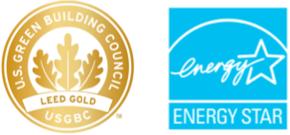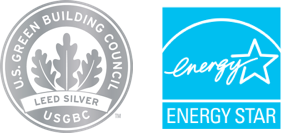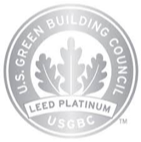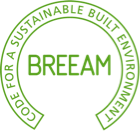Environmental Sustainability

Managing our environmental footprint responsibly
As a financial services firm, we generate low levels of direct greenhouse gas (GHG) emissions
The main contributor to those emissions is our corporate real estate. As a responsible environmental steward, we manage the related risks and opportunities of climate change across our physical footprint and within our industry and global economy.
Ameriprise demonstrates responsible environmental practices. We are focused on operating buildings efficiently and reducing waste.
Within the real estate Ameriprise controls, we are focused on operating our buildings efficiently
We reduce energy consumption by installing automatic light sensors, reducing heating and cooling, upgrading to lower wattage light bulbs, and participating in a program to evaluate and implement energy efficiency projects. And many of our corporate office locations have received recognition for environmentally friendly design.
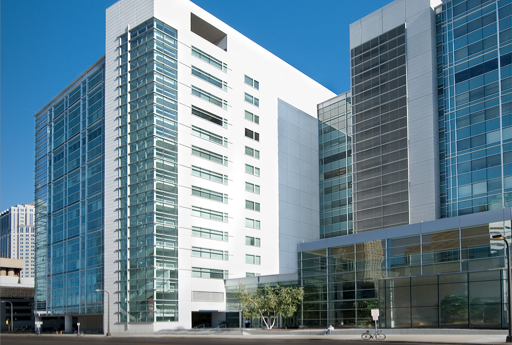
An emphasis on the responsible use of our resources
Encouraging the use of public transportation
We are a long-term supporter of public transportation for employees across our locations through our Commuter Choice Program. We subsidize the Metropass® program in Minneapolis, offer free carpool, scooter, bicycle parking and EV chargers, and promote a Cycle to Work program at our offices in the UK.
Reducing paper use with e-delivery
Ameriprise is committed to providing our clients with easy, flexible and secure delivery options while reducing the use of paper. As of this year, nearly 1.9 million clients have made the transition to e-delivery.
Managing waste with innovative solutions
Ameriprise has taken steps to reduce and diversify our waste streams, including implementing commercial composting services at many of our corporate locations, switching to recyclable and compostable cafeteria packaging, sending kitchen food scraps to a local nonprofit to be used for animal feed, and transporting non-recyclable/compostable waste to a local Waste to Energy facility.
